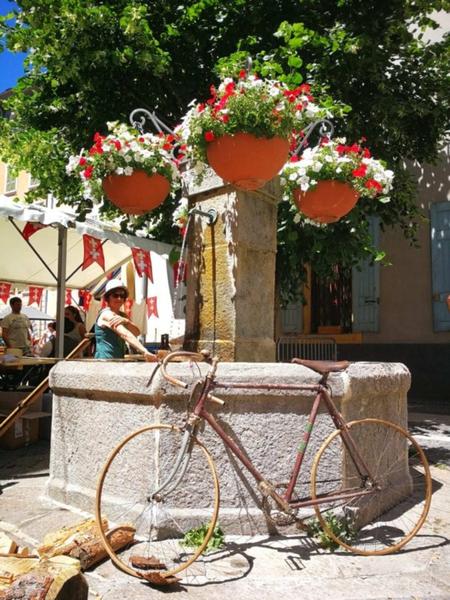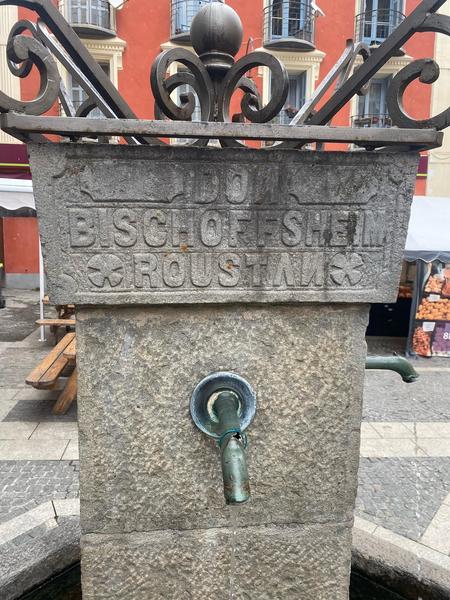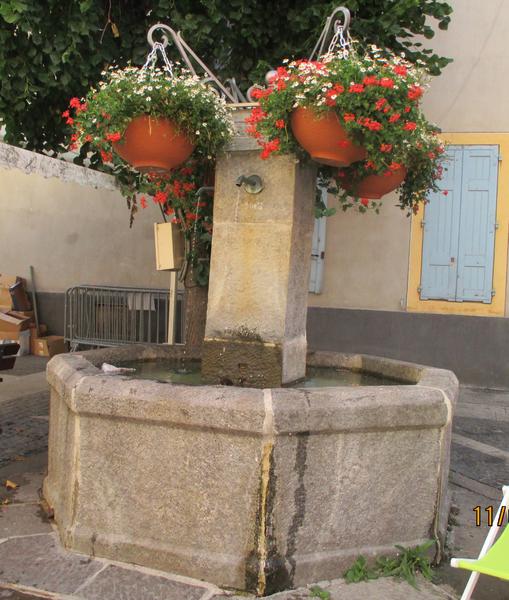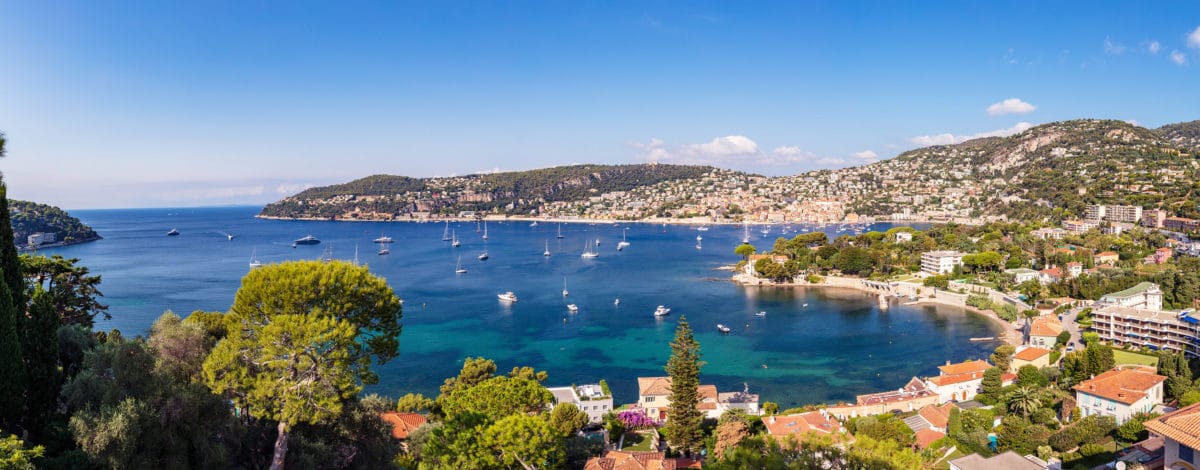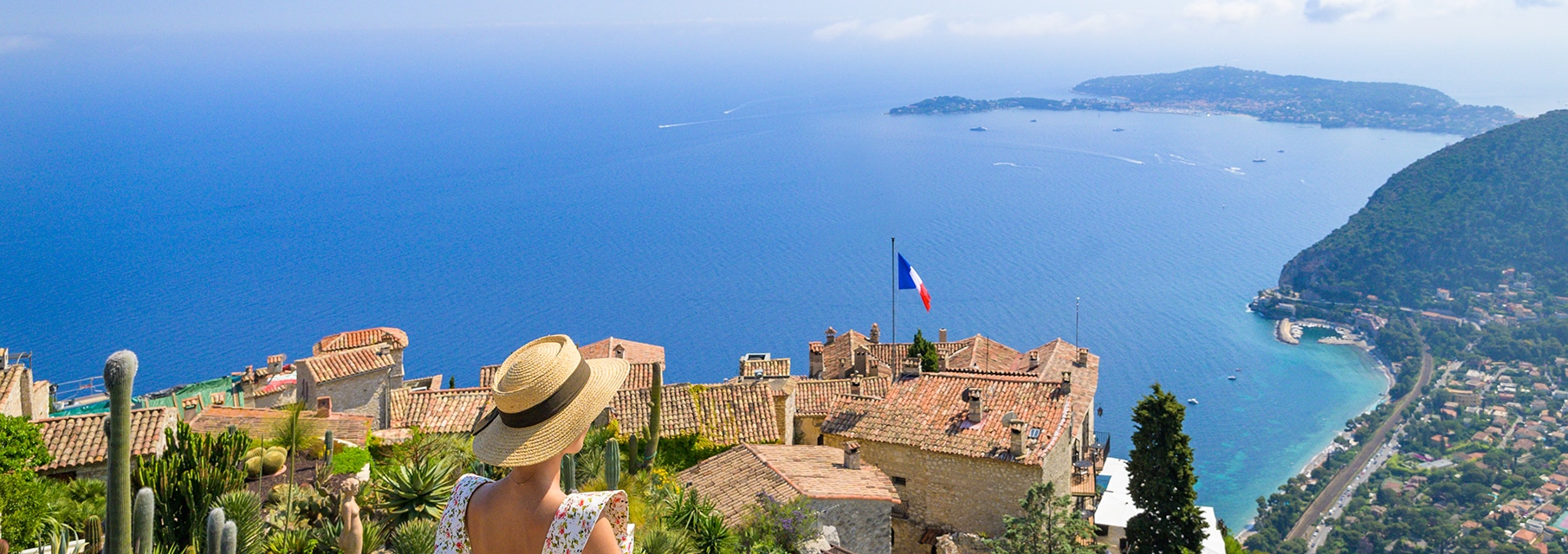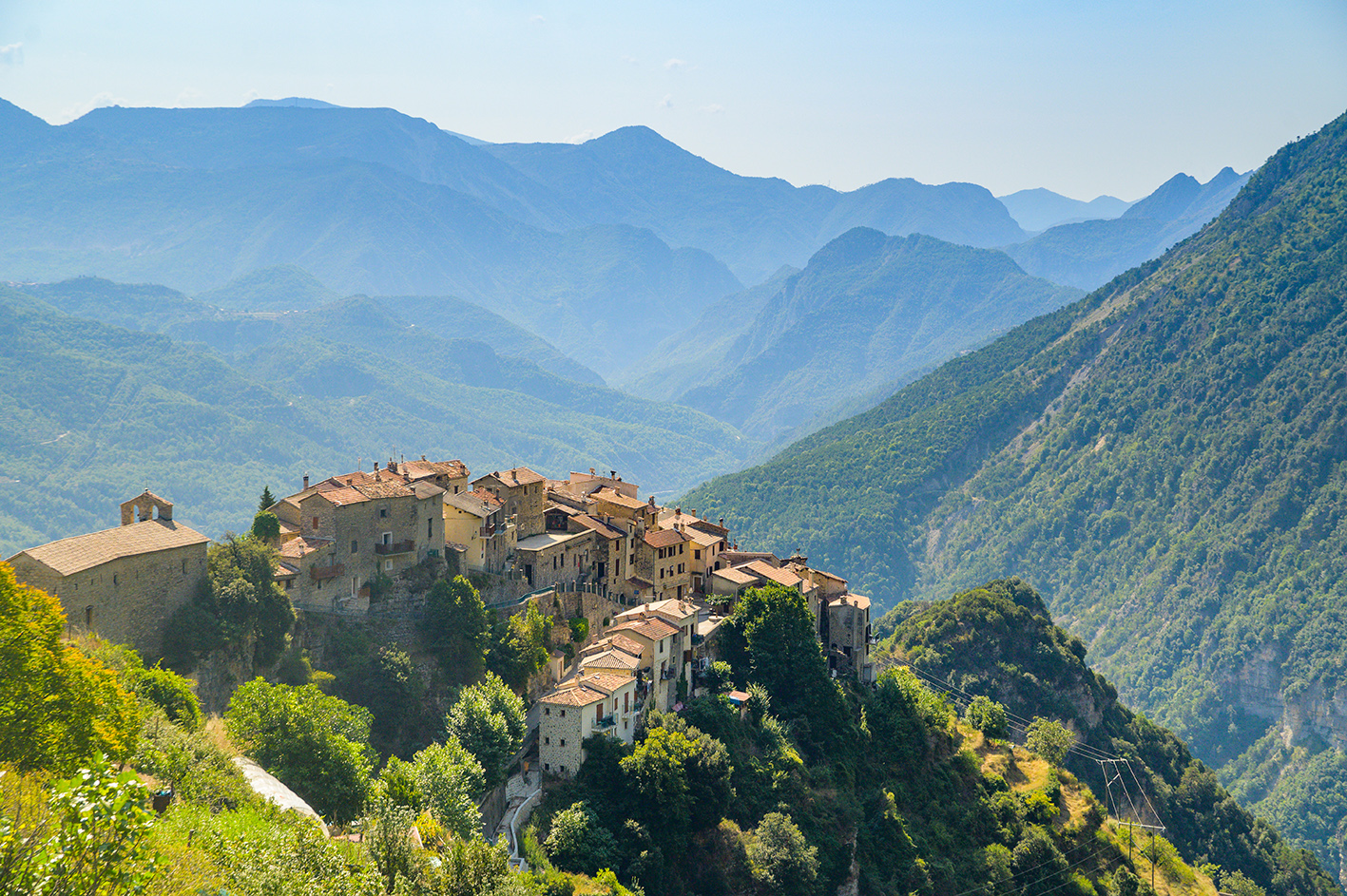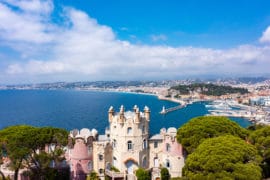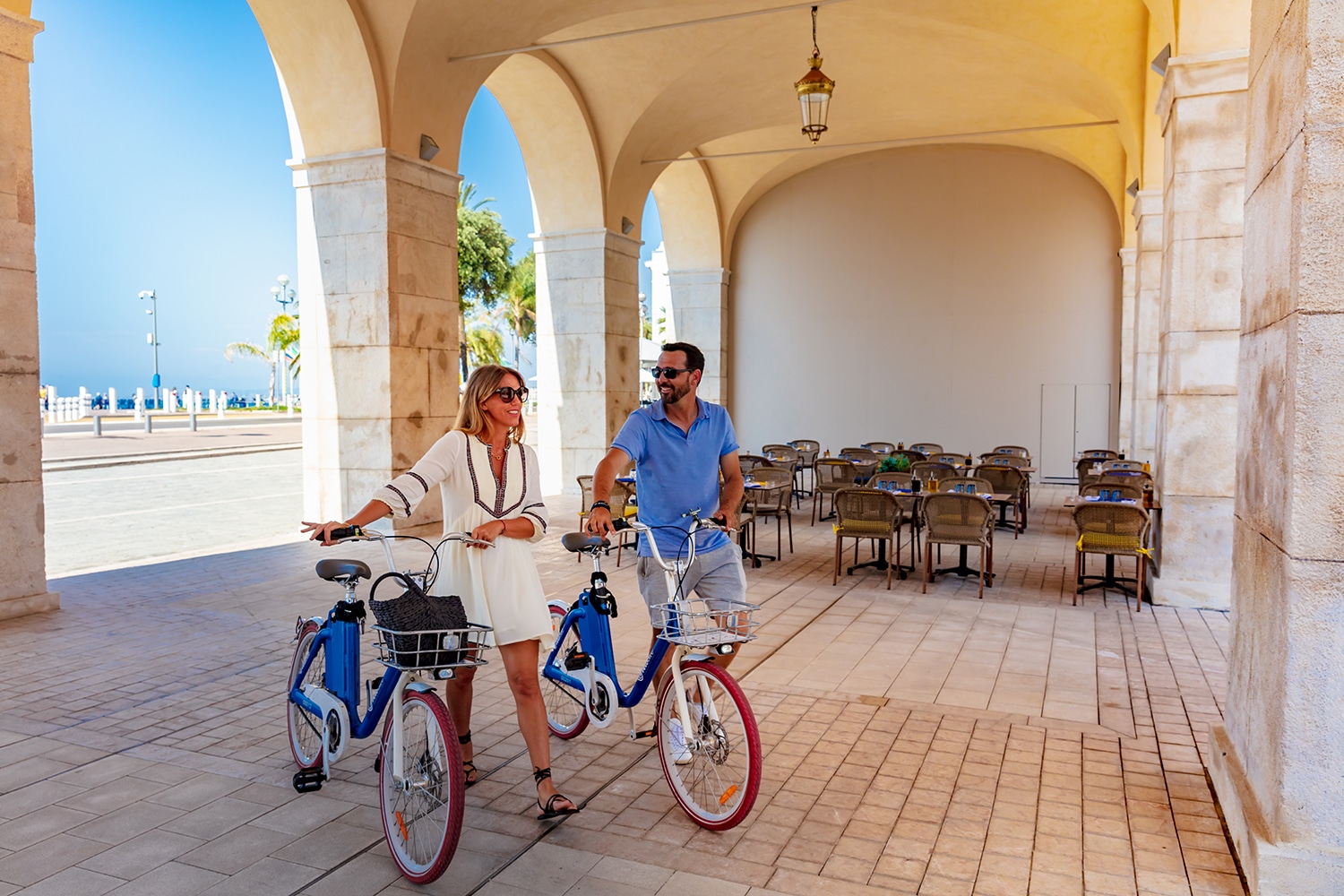The Bischoffsheim Fountain has stood proudly on the church square since 1898, when the Baron, Deputy of the canton of Puget-Théniers, donated it because there was no running water. A real comfort for Saint-Étienne households.
Fountain, Church Square, 1898
Until the end of the 19th century, the village was supplied only by the waters of the Tinée River, polluted by pastures. A canal derived from the Ardon River was used to irrigate the gardens and wash the streets. Since 1881, the municipality had considered collecting the waters of the Ténibre River, which were always pure because they were located above the mountain pastures, but the exorbitant cost forced it to abandon the project. In 1896, an ambitious water collection project was launched, necessitated by the presence of Alpine troops maneuvering in the surrounding area in the summer. A spring located on the left bank of the Tinée River in the Alberia district was chosen for this purpose, which, in 1898, supplied six standpipes. However, water remained scarce in winter due to frozen pipes, and additional water intakes were built at Claï in 1910 and the 1920s. Along with the fountain in the square, six other fountains were installed in the village streets.

